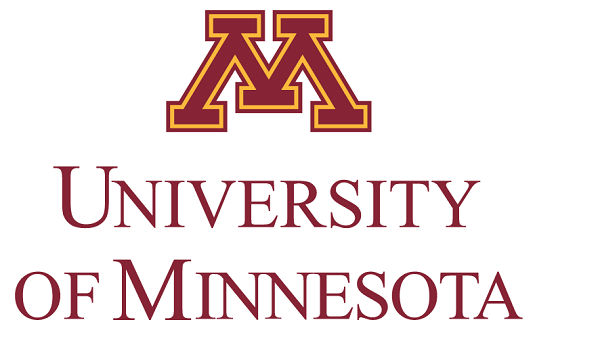
Introduction
Food loss and waste (FLW) represent one of the most significant failures of our global food system. It is estimated that 33 to 40 % of global food production is lost or wasted along the entire supply chain, from farms to consumers (Wang et al., 2023). This staggering amount of FLW not only represents several hundred billion USD in economic losses but also contributes to wasting 25 % of global freshwater resources (FAO, 2023), 30 % of global agricultural land area, and 38 % of total energy consumption (FAO, 2019). Furthermore, about half of the total greenhouse gas emissions from the global agrifood system are attributed to FLW, with about 30 % of these emissions stemming from end-of-life FW disposal (Zhu et al., 2023).
Ironically, these devasting effects occur alongside a global crisis where nearly one third (29.6 %) of the world’s population faces moderate to severe food insecurity, and up to 783 million people suffer from hunger (UNEP, 2024). Over 309 million people in more than 72 countries experience acute food insecurity, with 42.3 million people in emergency situations and 45 million children under age five suffering from wasting (WFP, 2024). Therefore, addressing FLW is imperative not only for improving environmental and economic sustainability but also for improving food distribution and access for those who are food insecure, from a humanitarian and social sustainability perspective. The next highest value alternative is to collect and repurpose nutrients from food loss and waste into animal feed, thereby avoiding the environmentally detrimental effects of incineration, open dumps, and landfills (Papargyropoulou et al., 2014).
This special issue provides a platform for leading researchers involved in upcycling nutrients in FLW into animal feed to discuss current opportunities, challenges, and solutions for this wicked problem. This special issue begins with assessing the feeding value, economics, and environmental impacts of utilizing FLW as feed for food-producing animals.
Access through your organization
Check access to the full text by signing in through your organization.
Section snippets
Productivity and environmental impacts of feeding food loss and waste to animals
Animal nutritionists often question whether animal growth performance and carcass composition can be maintained when feeding various types of FLW to animals. Although several scientific reviews have highlighted the issues and challenges of using various types of FLW in animal feeds, a critical review and analysis of global primary data from previous studies to collectively determine the effects of feeding FLW to food-producing animals on animal productivity has been lacking. To address this
Strategies to enhance the feeding value of food waste in animal feeds
Many types of FLW possess suboptimal nutritional characteristics, limiting their diet inclusion rates and feeding applications for certain animal species. Bioprocessing various types of FLW using feed-grade fungi, yeast, bacteria, and enzymes can enhance their nutritional value, facilitating their use in animal feeds and contributing to a more circular and sustainable food supply chain. Sun et al. (2023) conducted a systematic review of the challenges and potential applications of bioprocessing
Government policies and regulations affecting circularity and use of food waste in livestock and poultry production
Beyond technical considerations, one of the major barriers to the widespread upcycling and use of FLW in animal feed is the lack of supportive government policies and incentives in most countries. Shurson et al. (2023) highlighted that governments in Japan, South Korea, and Taiwan have been pioneers in establishing laws, regulations, economic incentives and subsidies, and infrastructure to mandate collection and recycling of all sources of FLW. This has resulted in the conversion of more than
Concluding remarks
Dou et al. (2024) conducted a critical analysis of the opportunities and challenges associated with using FLW in animal feed to reduce the environmental burdens of food animal production while supporting optimal animal productivity. This review presented updated global FLW data categorized into 11 major food groups, with quantitative distributions across five stages of the food supply chain. By differentiating FLW into point source (pre-consumer sectors) and non-point source (post-consumer
CRediT authorship contribution statement
Gerald C. Shurson: Conceptualization, Writing – original draft, Writing – review & editing. Ting Chen: Writing – review & editing. Zhengxia Dou: Project administration, Writing – review & editing.
Declaration of competing interest
The authors declare that they have no known competing financial interests or personal relationships that could have appeared to influence the content of this paper.
Acknowledgements
We extend our gratitude to all of the contributing authors and reviewers of the articles included in this special issue. Special thanks to Professor Zhi Cao, Special Content Editor for Resources, Conservation & Recycling, for his assistance in the publication of this editorial. We also acknowledge Professor Ming Xu, Editor-in-Chief of Resources, Conservation & Recycling, for his invaluable support in collaborating with us to assemble the articles for this special issue.
References (15)
- et al.
Leveraging dairy cattle to upcycle culled citrus fruit for emission mitigation and resource co-benefits: a case study
Resour. Conserv. Recycl.
(2024) - et al.
A critical analysis of challenges and opportunities for upcycling food waste to animal feed to reduce climate and resource burdens
Resour. Conserv. Recycl.
(2024) - et al.
Unveiling the economic and environmental impact of policies to promote animal feed for a circular food system
Resour. Conserv. Recycl.
(2024) - et al.
Rethinking food waste: exploring a black soldier fly larvae-based upcycling strategy for sustainable poultry production
Resour. Conserv. Recycl.
(2023) - et al.
The food waste hierarchy as a framework for the management of food surplus and food waste
J. Clean. Prod.
(2014) - et al.
Rules are meant to be broken – rethinking the regulations on the use of food waste as animal feed
Resour. Conserv. Recycl.
(2023) - et al.
Fungal bioprocessing of wheat straw with fruit and vegetable discards to produce cattle feeds for enhanced sustainability
Resour. Conserv. Recycl.
(2023)





